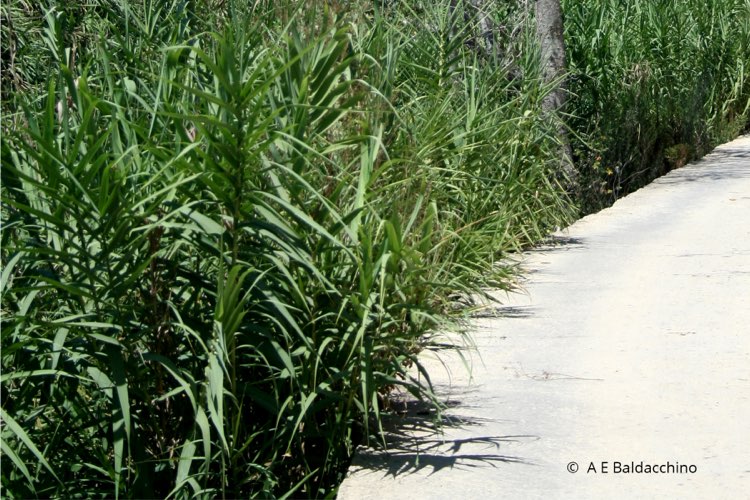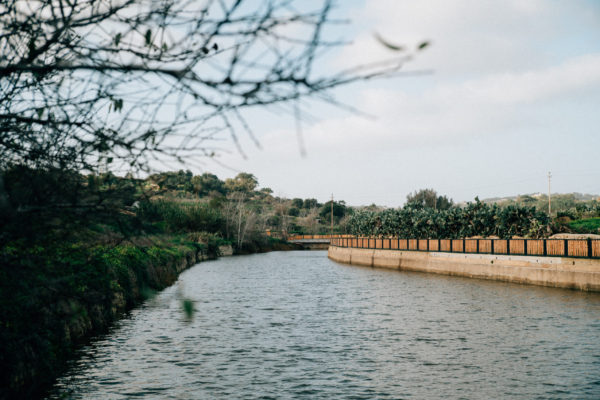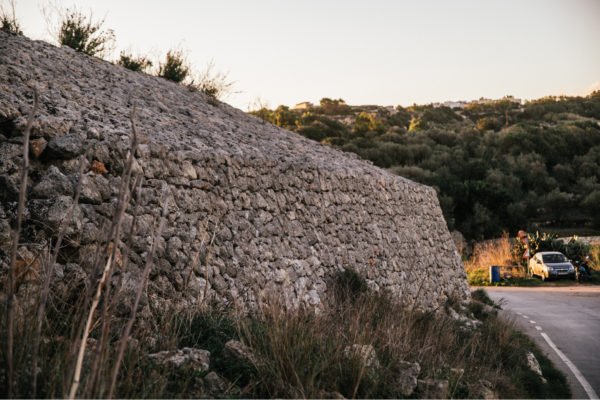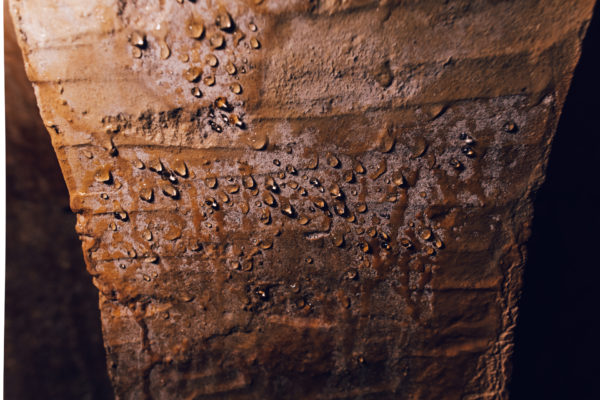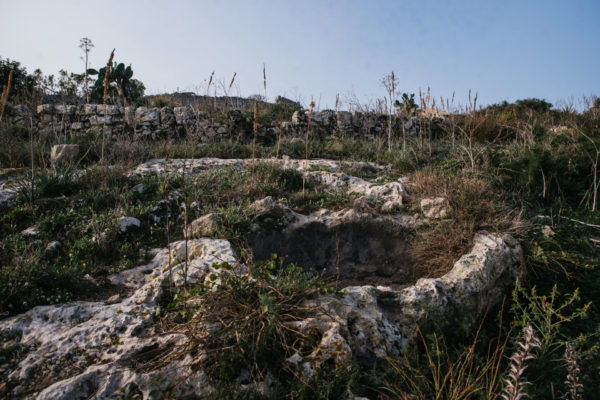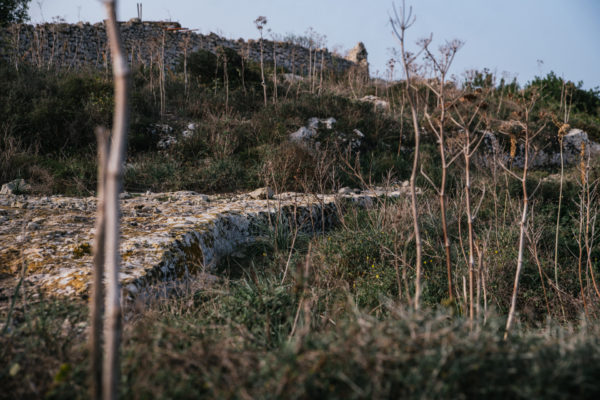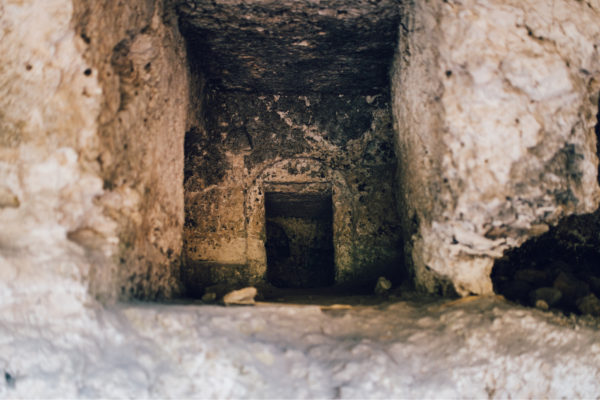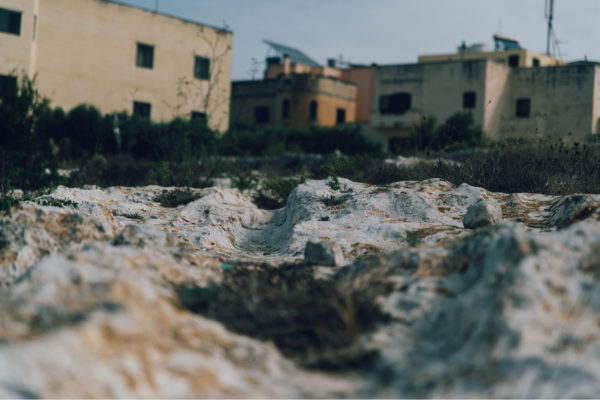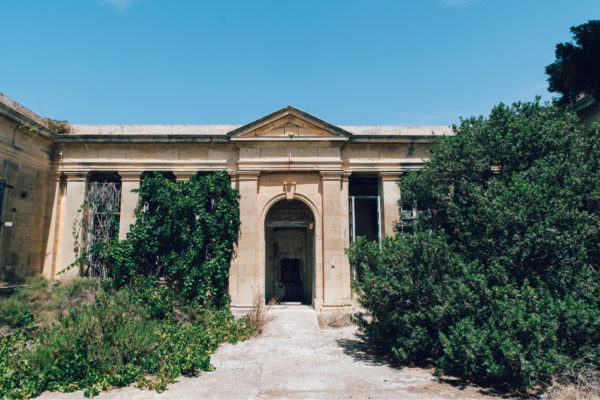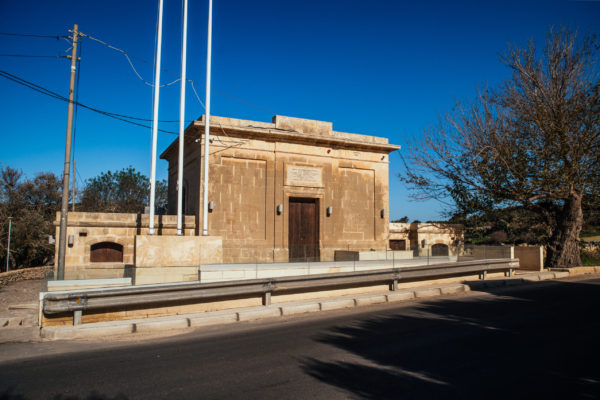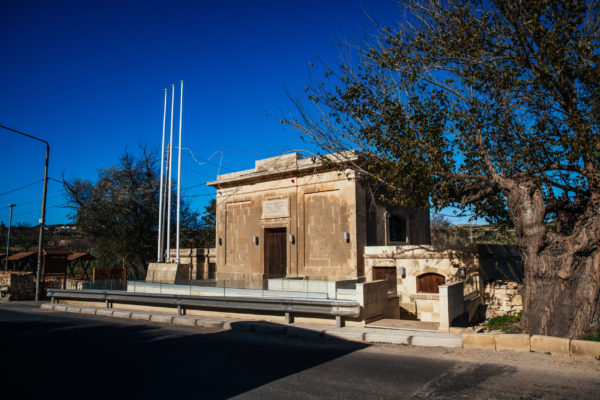
The Giant reed is an extremely abundant invasive species present at Chadwick lakes; this tall perennial cane grows to 6 m in height, possibly 10 m in ideal conditions. It is indigenous to Asia however over centuries has been introduced to every continent where it has become naturalised and invasive in many regions.
Easily identifiable by its grey-green sword like leaves 30 – 60 cm. long and 2 – 6 cm. wide growing alternately from hollow stems 2 – 3 cm. in diameter. The cream to brown-coloured flowers carried by feathery plumes 40 – 60 cm. long appear from September to December, having both male and female organs, pollinated by the wind. Seeds ripen in October.
These are generally made up of seeds with low fertility or are seedless completely; instead the Great Reed reproduces mainly vegetatively by tough, fibrous rhizomes which grow in the upper layers of the soil and quickly form large impenetrable mats of vegetation.
The favoured reproductive method seems to be an adaptation to floods, whereby if clumps of rhizomes are broken off they have the potential to sprout and colonise further downstream.
The Great Reed is adaptive to a wide variety of habitat types however is most often associated with riparian and wetland habitats. It can tolerate a variety of soil types growing in heavy clay, loose sands and even gravel soils, it prefers however wet drained soils.
The Giant Reed is one of the fastest growing plants in the world. It is highly inflammable but adaptable for fire, which helps it to disperse further. It is regarded as one of the world’s 100 worst invasive alien species.
The Great Reed is legally declared as an invasive, alien or environmentally incompatible species in the Maltese Islands.

